Thanks to technological progress through the decades, we have access to a variety of produce never seen before. However, on top of the ecological question is the risk of safely storing these goods until they reach the consumer. Measure commercial fridge temperature and you can ensure proper conditions at all times.
We live in a society where we waste too much of everything. Controlling the cold chain and cold rooms in markets is one way of preventing this. Therefore, proper management of these equipment allows for less waste.
What is a cold room?
A cold room is simply a place where a specific temperature is artificially generated. Cold rooms typically store products in an environment below the outside temperature for longer periods of time. Cold rooms are the last stop on the cold chain before consumers purchase produce. They are used for upholding sanitary standards - for example, restaurants that receive and handle meat, storage of perishable products, and to display products in supermarkets.
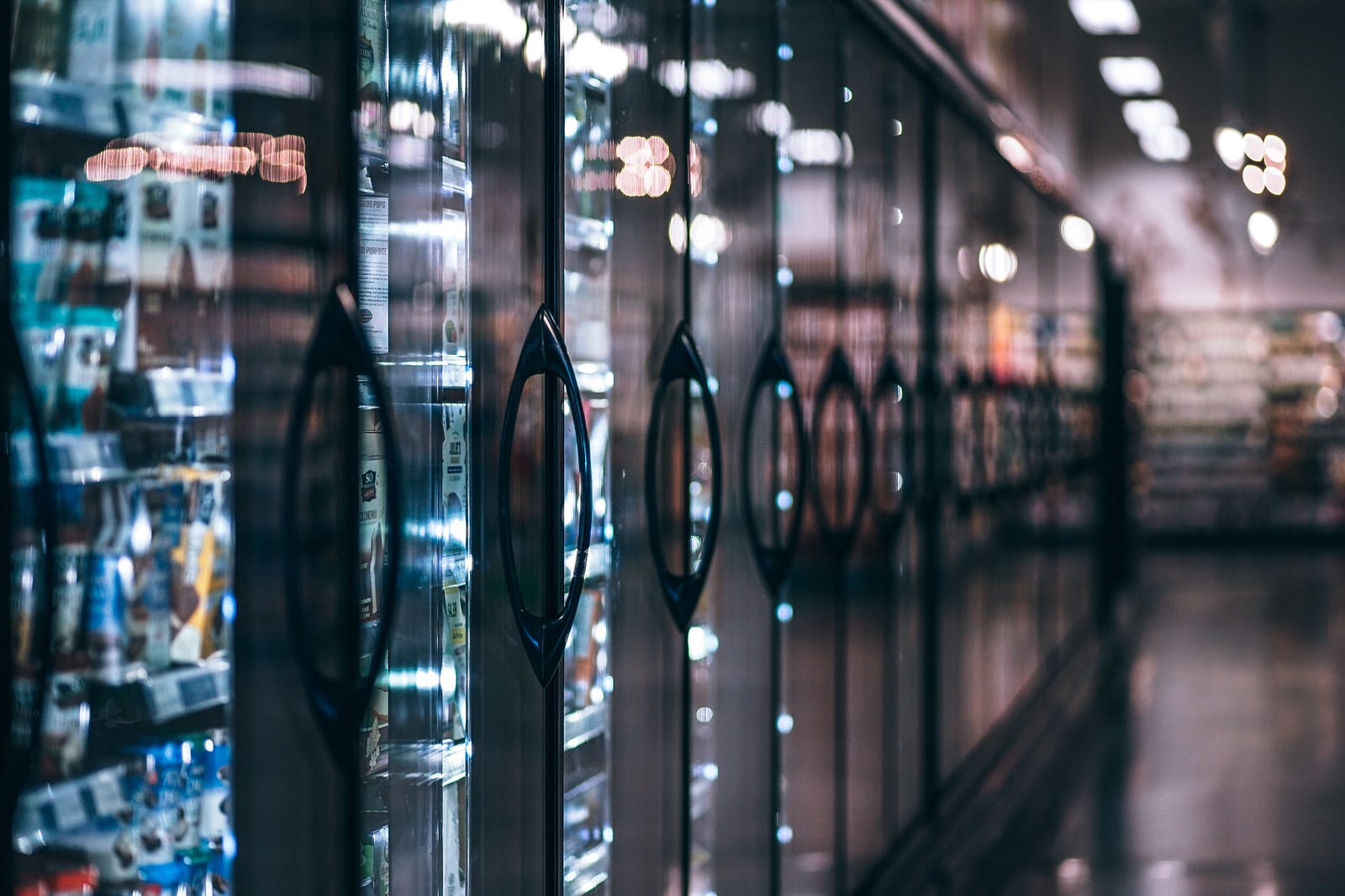
There are two types of cold rooms: positive cold rooms and negative cold rooms. This refers to the temperature itself, being either above zero degree Celsius (positive cold room) or below freezing point. The former preserves produce such as fruits and vegetables. Whereas the latter is for frozen goods.
The European Pharmacopoeia (Pharm.Eur.) gives some hints with referring to analytical procedures in which temperatures are in the following storing conditions:
- Deep-freeze: below minus 15°C
- Refrigerator: 2°C to 8°C
- Cold or cool: 8°C to 15°C
- Room temperature: 15°C to 25°C.
The cold chain is logistical, including actions and equipment, and is used to properly store and deliver temperature-sensitive goods or assets. In today’s globalisation, where a large amount of goods travel major distances before reaching the final consumers, controlling temperature is an incredibly important issue. Many perishable goods, especially food, suffer from quality degradation over time. The chemical reactions responsible for this will slow down in lower temperatures. Cold and freezing temperatures can slow down the development of bacteria and spoilage by solidifying water molecules.
If you are seeking for a more consumer-minded article, you can read our other fridge article here and freezer article here.
Importance of the cold chain temperature monitoring
The logistics of the cold chain is everything before cold rooms, which is the final step before consumption of the product. Whether it’s flowers, meat, or pharmaceuticals, it is crucial to respect procedures as some items travel great distances over a certain period of time.
The standards in various developed countries are strict in order to protect the consumers, and it can prove difficult to properly measure temperature throughout the process.
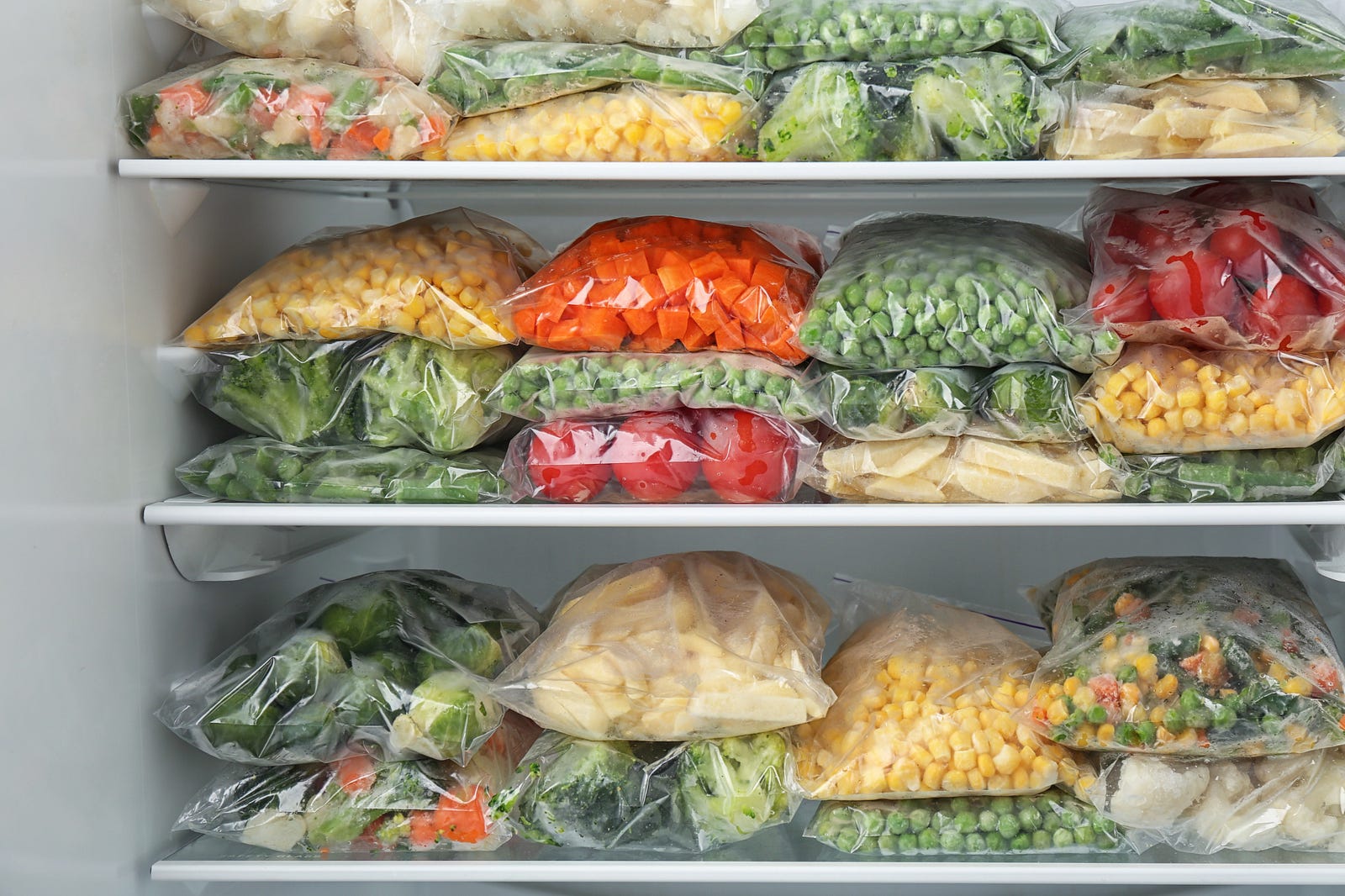
As an example, supermarkets in France are required by law to probe the temperature of the goods they receive. It would be less of a challenge if smart sensors would track the temperature of the transportation system throughout the process.
Another industry where temperature monitoring is essential is the cut flowers industry. In this case, the cold chain management in the supply chain is of utmost importance. This is because of the physical distance between the markets. As Florinews writes, “temperature also has an effect on the rate of metabolism, water loss, tissue deterioration and growth of Botrytis cinerea (a fungus affecting plant species) in harvested cut flowers”.
Monitoring a cold room temperature with wireless sensor
Used to store many physical goods, a cold room has to be carefully monitored to prevent any kind of failure. These systems have an alarm built in that can send out an alert if a problem were to arise. Although receiving an alert once the problem has occured might not be sufficient enough. Using a device that can preemptively send out a warning and monitor the temperature 24/7 is a better option.
Commercial cold room temperature sensor
One can do so very simply with the sensor node known as RuuviTags. Using Bluetooth technology and an open source software, the device sends data such as temperature, humidity or pressure to your phone or in large scale installations, to a cloud system.

Temperatures used to preserve aliments vary depending on the products. Do not keep cheese and red meat at the same temperature. In this case, meat requires a lower temperature. When it comes to display cold rooms, e.g. cold rooms visible to consumers, different categories of aliments are placed separately.
Wireless cold room or fridge monitoring with Ruuvi wireless sensor
In the case of a cold room, the key point is, of course, temperature. The “Ruuvi Station” (name of the application) transforms all of it in easily readable graphs. Furthermore, you can also set an alert in case the room temperature goes above or below a certain level. The sensor usage conditions range from -40 Celsius degrees to 85°C, making it very versatile.
Several companies, such as Miratag, offer monitoring solutions with these sensors as part of the equipment. Humidity is also important inside a cold room, as air that is too dry will harm fresh fruits and vegetables. Ultimately, cold rooms are also an ecological challenge as they heavily consume electricity.
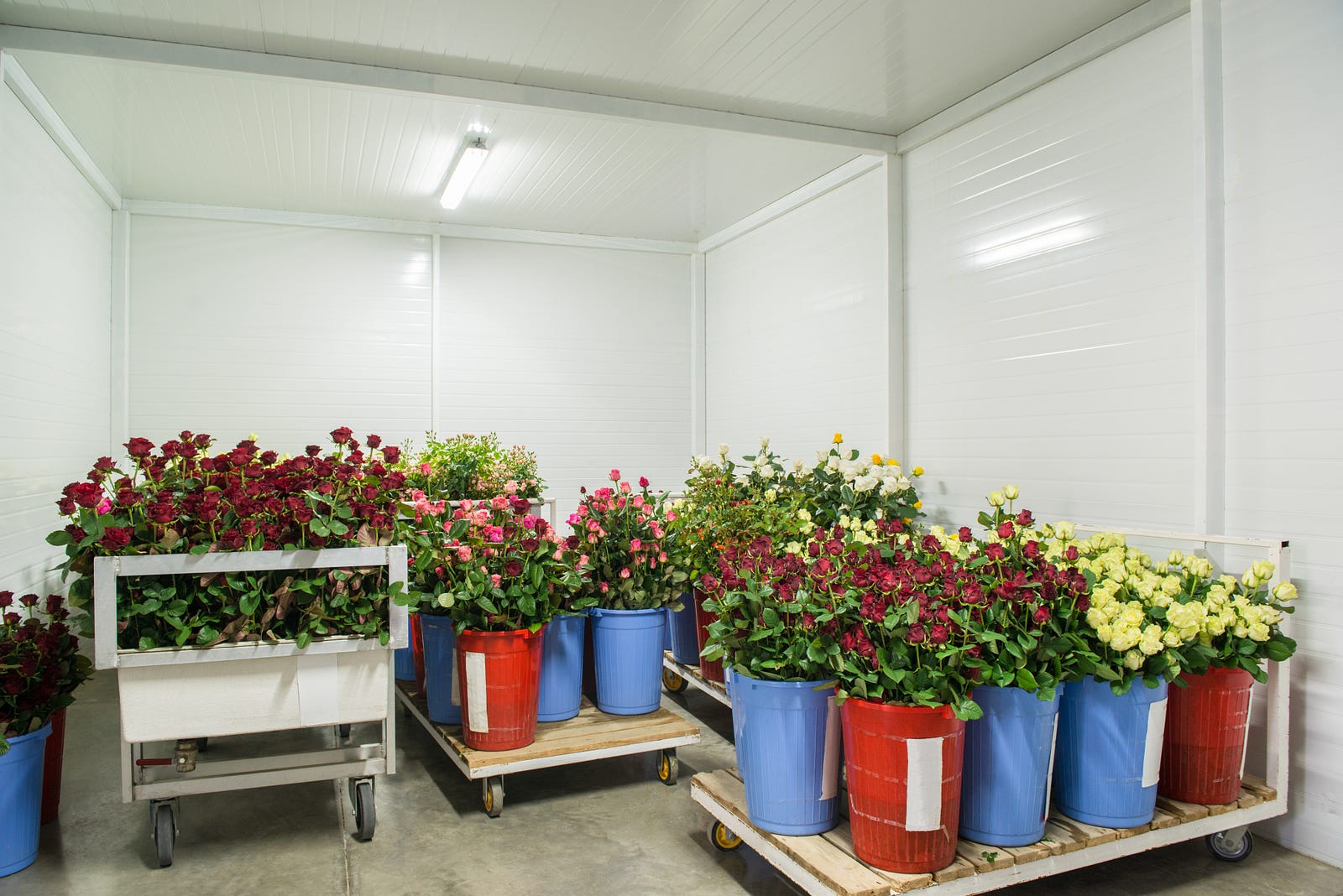
Reduce food waste by monitoring temperature around the clock
Also, what comes to restaurants, they might not have an alarm system in the case of power failure. This increases the risk of finding the products wasted the following day if power does fail. Utilising a RuuviTag could help prevent this issue, as the slightest change in temperature will trigger a notification that you will receive via Ruuvi Station.
You can also learn more about the use of RuuviTags in this article by ImaguSCC, in a more technical fashion. That’s it for our article on cold rooms and the cold chain logistics!
Beyond a cold room, you can monitor your home, exterior, or even a cool box! If you are a professional managing cold chains and food preservation, or you’re just simply curious, shop the RuuviTag!
Buy RuuviTag and Have a Realiable Temperature Monitoring System
With RuuviTag and Ruuvi Gateway, you can forget listing commercial fridge temperatures on a sheet of paper.
39,90€
Ruuvi is based in Finland. If you’re an EU consumer, VAT is included. If you’re a non-EU customer, you don't pay VAT. If you're an EU business, insert your VAT ID at checkout.
In stock
RuuviTag Sensor (4in1)
| 5 star | 89% | |
| 4 star | 11% | |
| 3 star | 0% | |
| 2 star | 0% | |
| 1 star | 0% |
RuuviTag Sensor (4in1)
| Quantity | Unit Price(€) |
|---|---|
| 1 | 39,90 |
| 2 | 37,40 |
| 3-5 | 36,90 |
| 6-8 | 35,90 |
| 9-12 | 34,90 |
| 13-25 | 33,90 |
| 26-99 | 32,90 |
Are you looking for bigger quantities? Contact us for pricing.
FAQ
What temperatures should be in a cold room?
According to the European Pharmacopoeia, cold or cool spaces temperatures are 8°C to 15°C
What is a cold room temperature sensor?
Cold room temperature sensor is a device that measures a cold room’s temperature at all times. It can illustrate measurements in graphs and send alerts if undesired temperatures are reached.
Is RuuviTag good for restaurant fridges as a temperature monitor?
Yes! RuuviTag is really handy in a restaurant as it tracks the temperature of cold rooms, fridges and freezers around the clock. With Ruuvi Gateway, all the data can be seen in the same user interface.
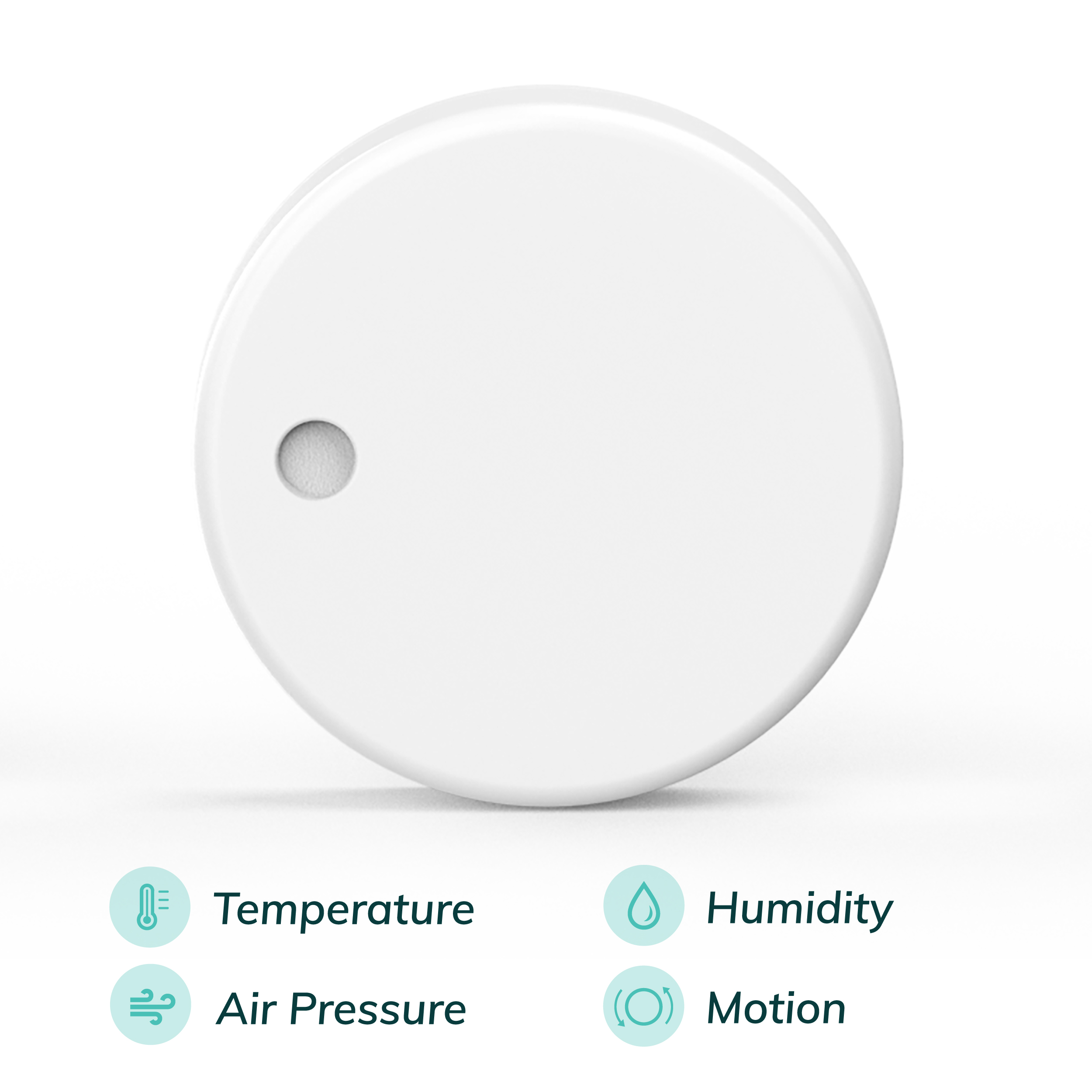
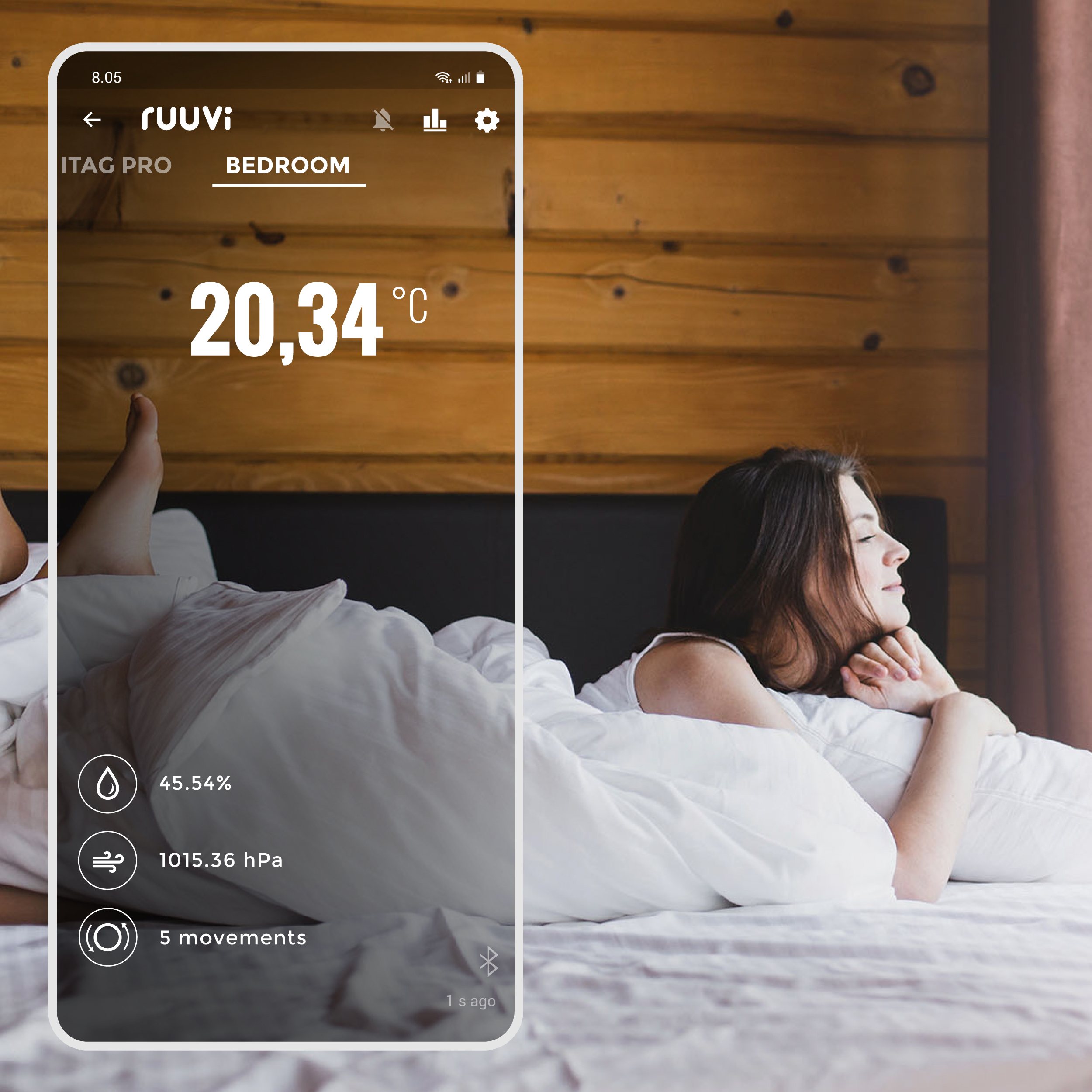
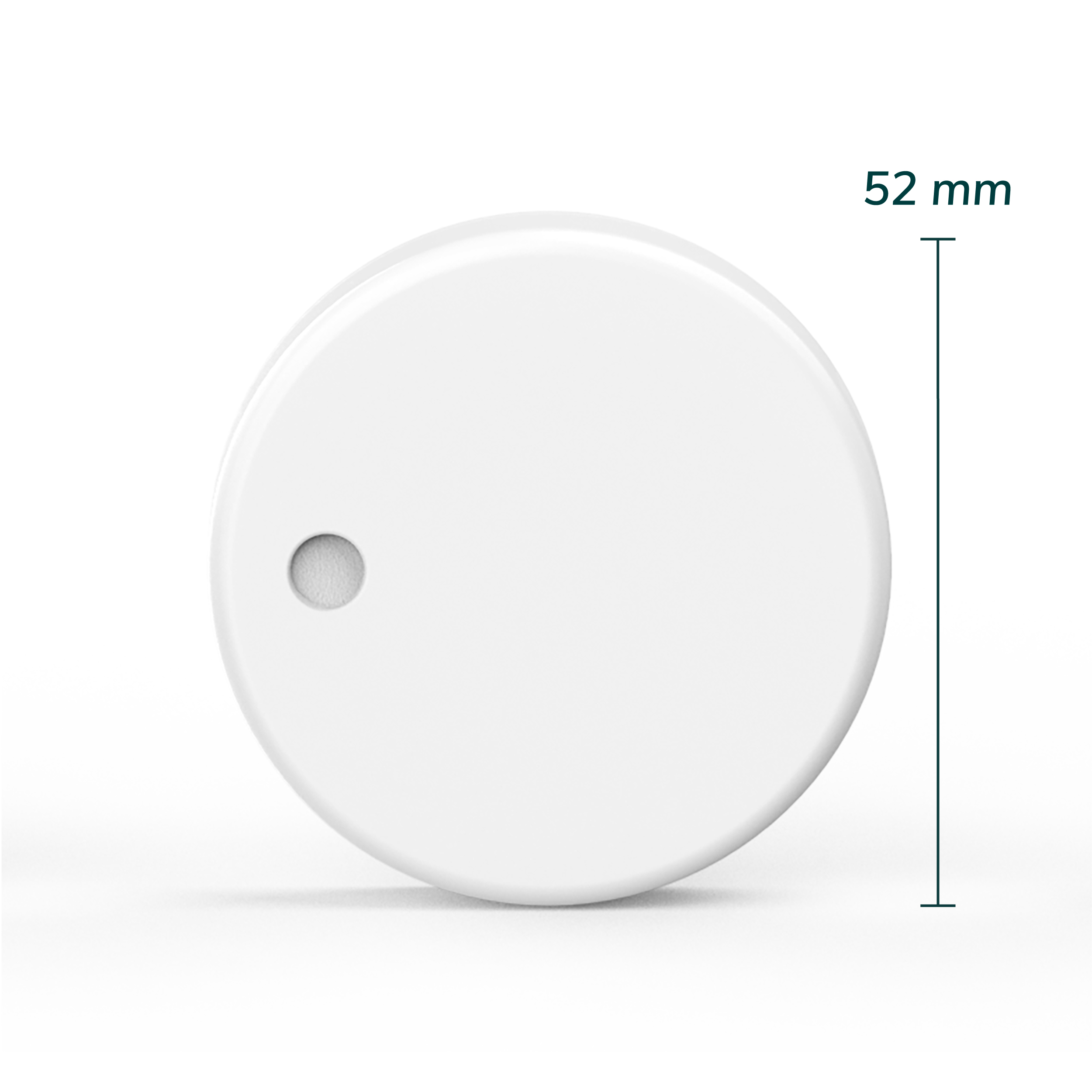
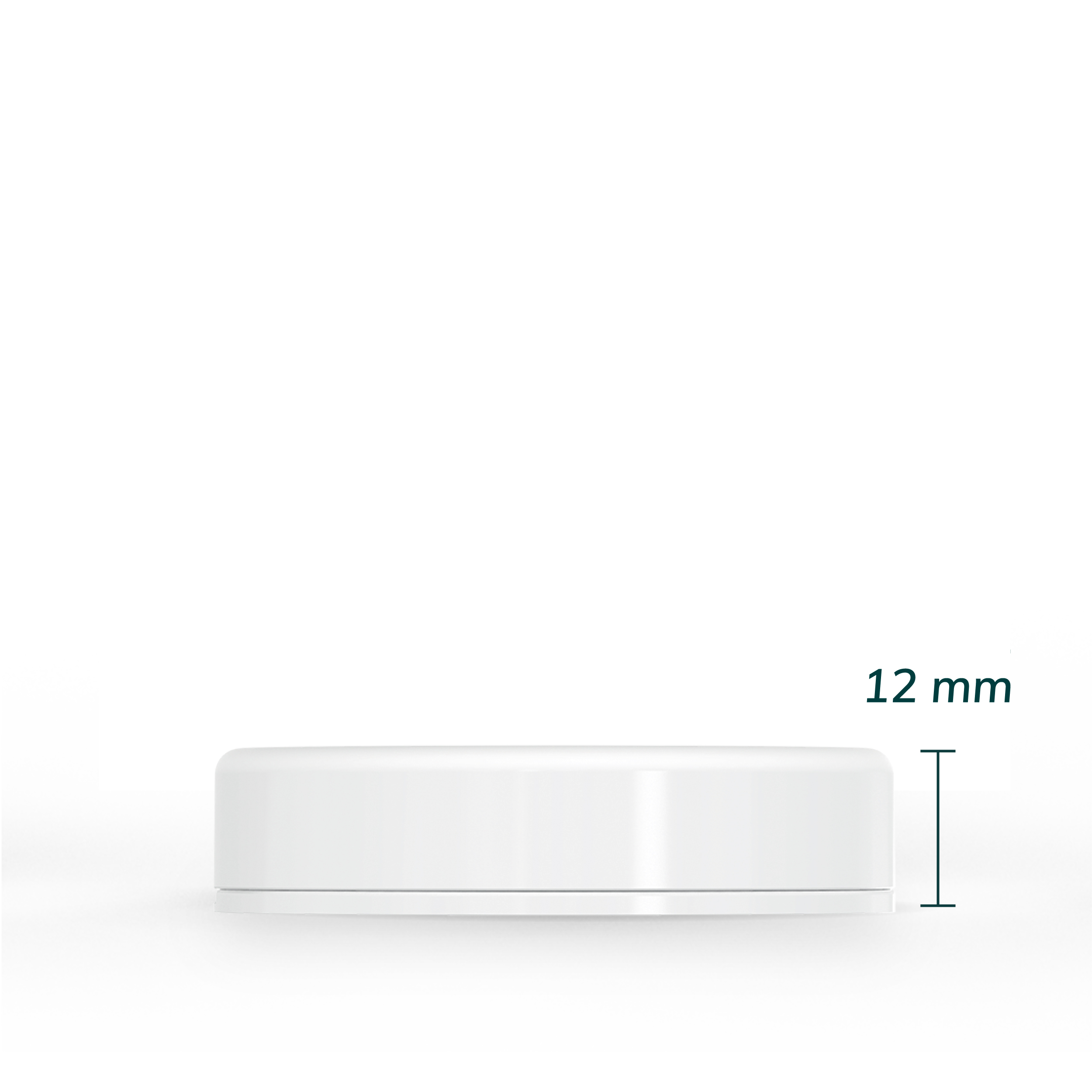
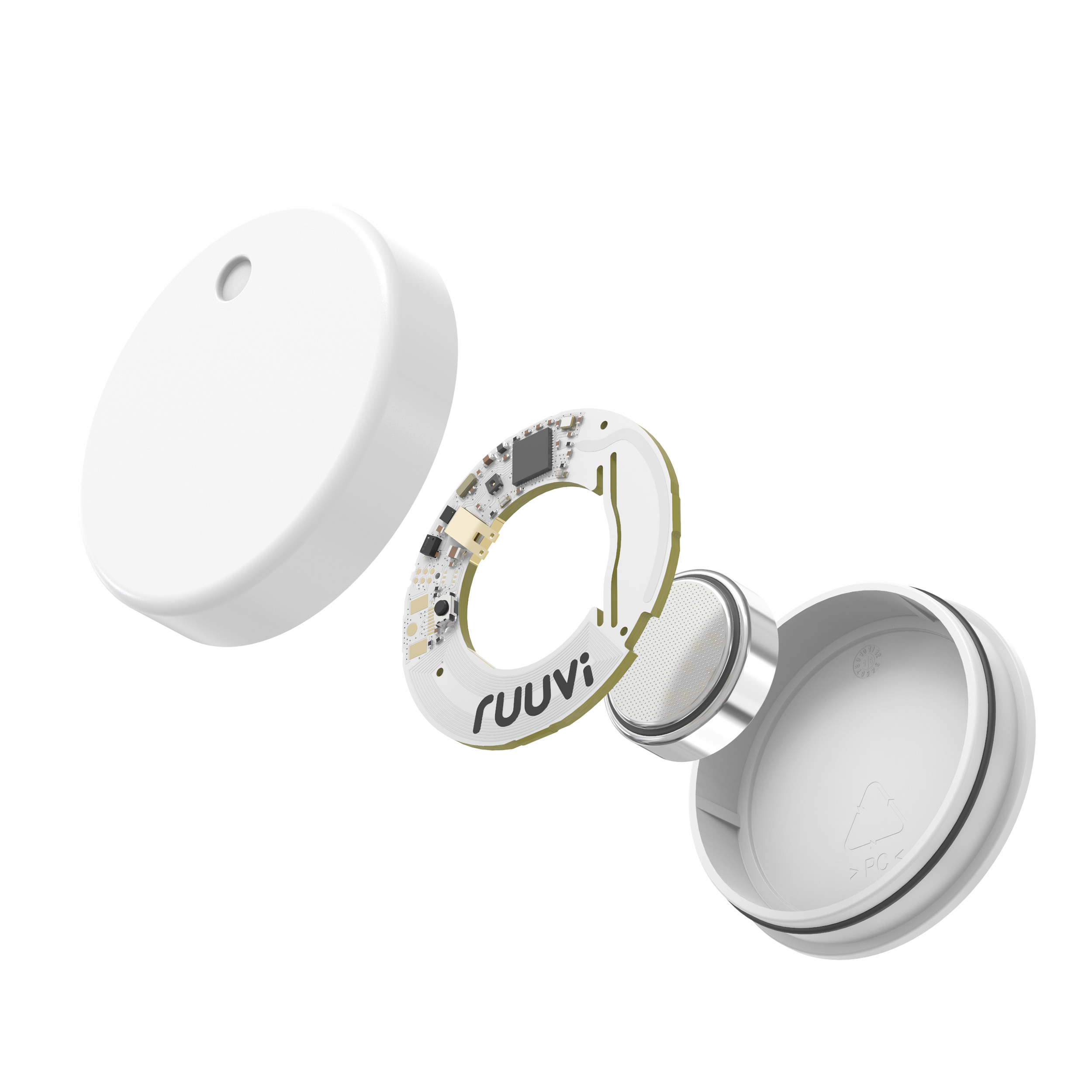
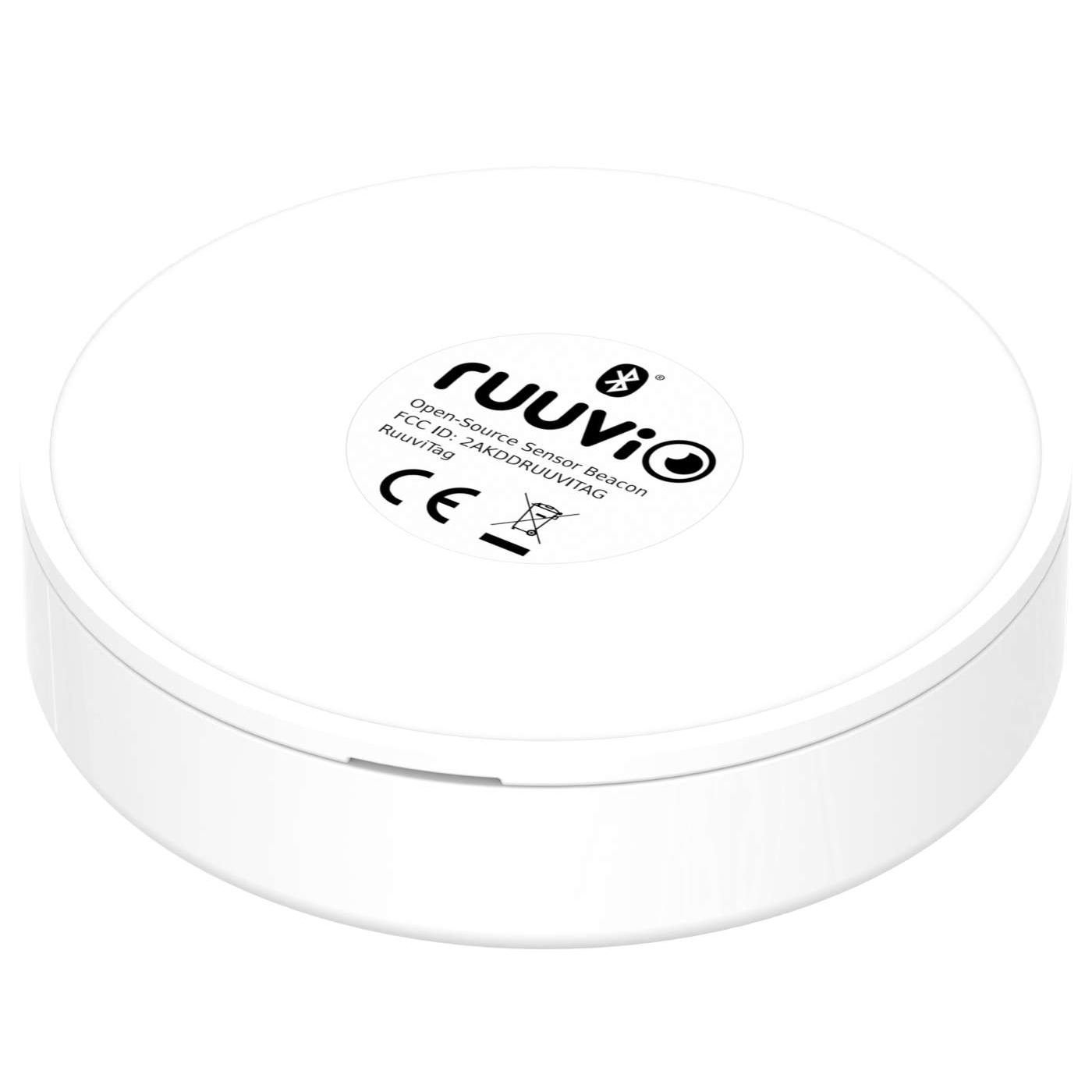
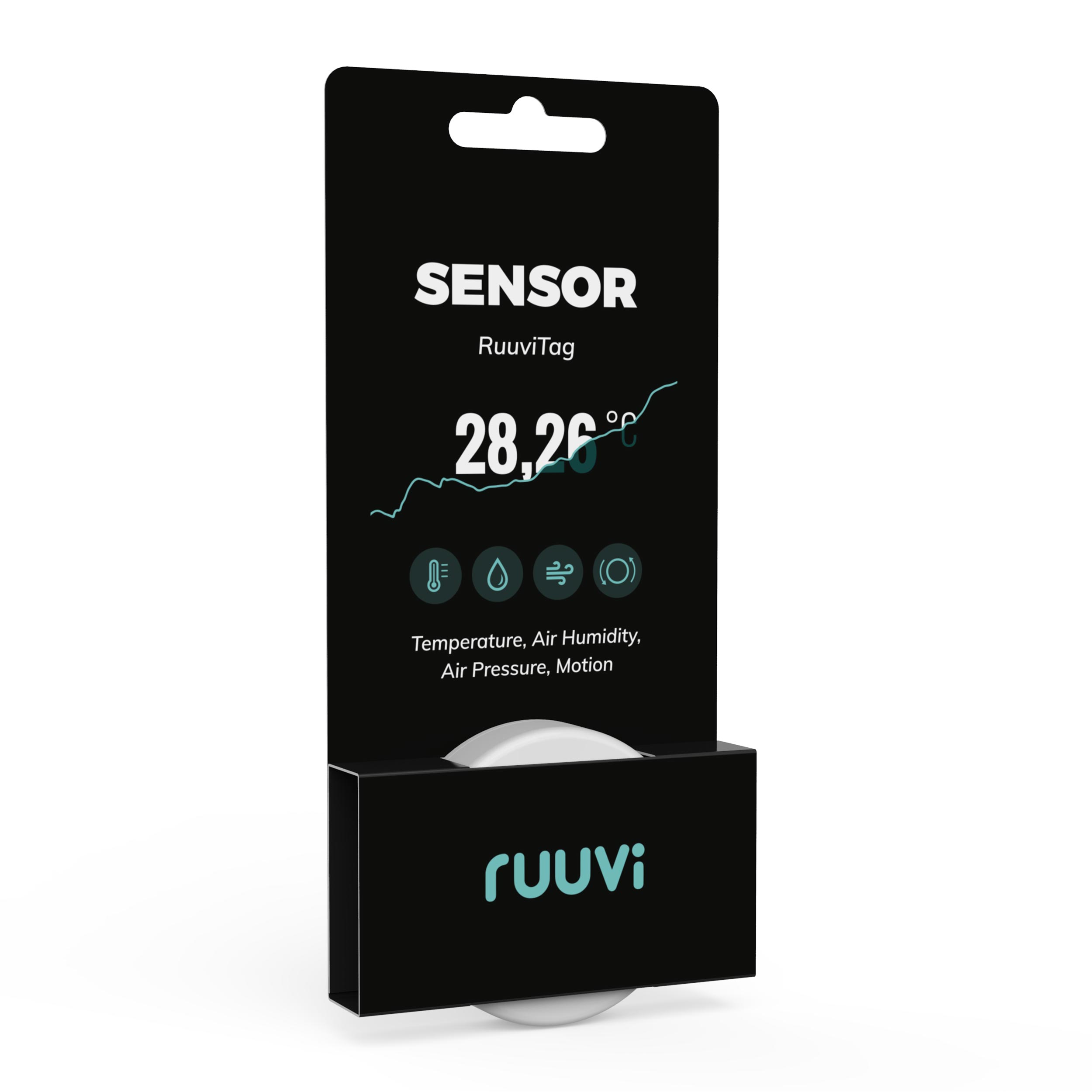
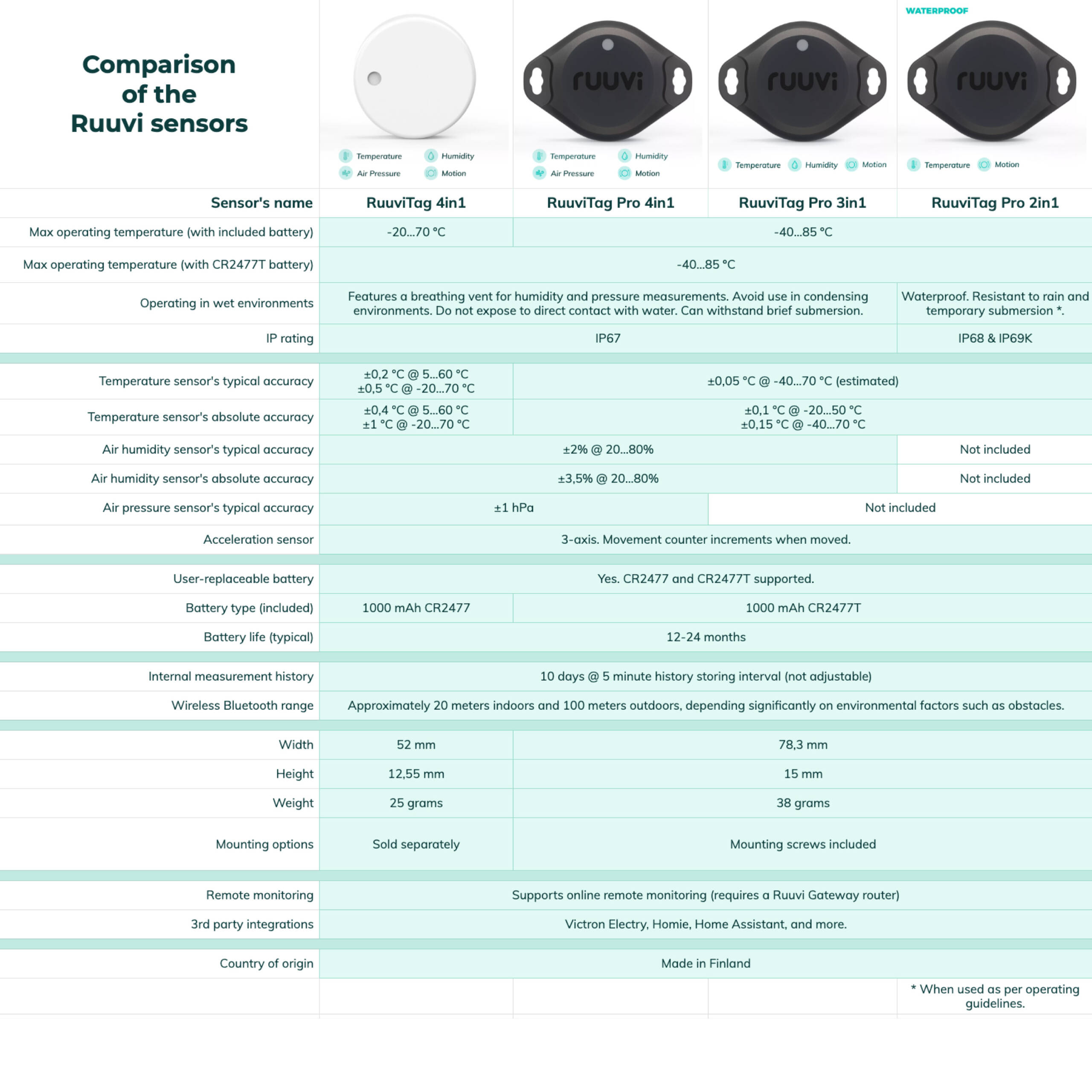
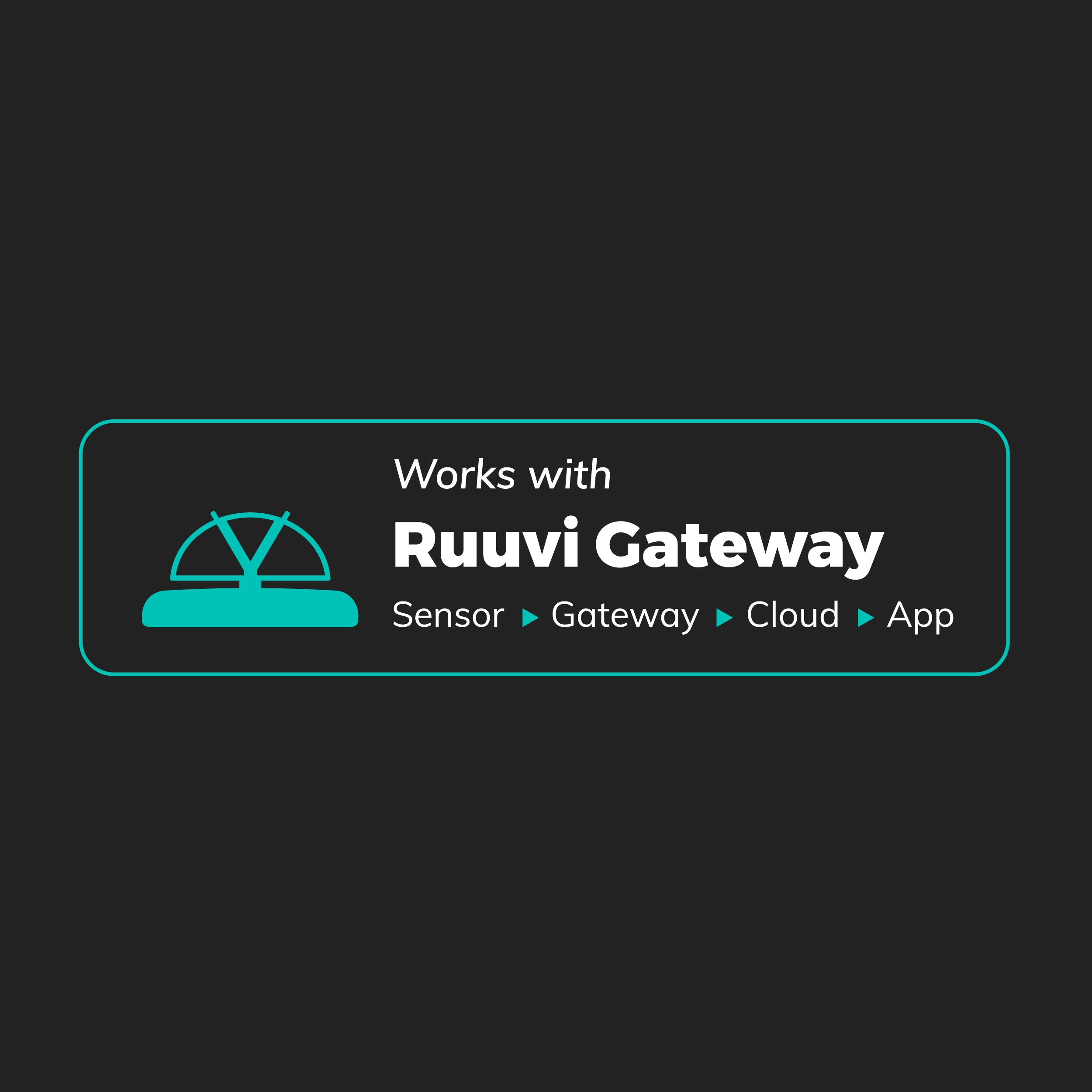
I have been a loyal user of the RUUVI products for years, and I couldn’t be happier with their quality and performance. Recently, when I faced an issue on my last shopping, the company’s support team went above and beyond to help me. Their dedication and personal follow-up truly impressed me and reinforced why I trust and recommend RUUVI so highly. If you want a reliable and innovative product, look no further than RUUVI. Highly recommended!
A tremendous little sensor that just works. The data it provides is consistently reliable, and the battery life has been excellent. I now have several of them dotted around the house — and also in the motorhome — and they’ve all been rock-solid. Whether I’m checking temperature, humidity, or movement, they report instantly and have never let me down. A simple, dependable sensor that does exactly what it promises.
I have a Ruuvi tags all around my house, they are great and have amazing integrations with Victron and Home Assistant makes these the most amazing environmental house montioring tool ever!
reliable works as advertised
Works extremely well, and seamlessly with both the Ruuvi iPhone app and Ruuvi Gateway.